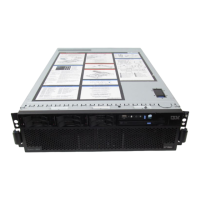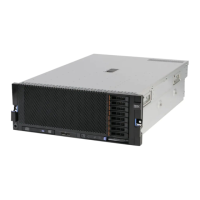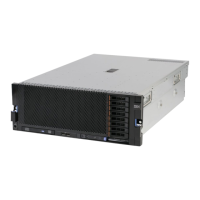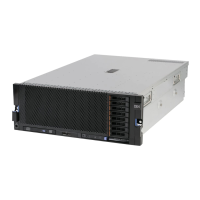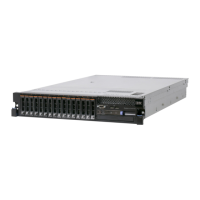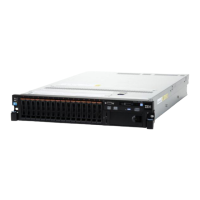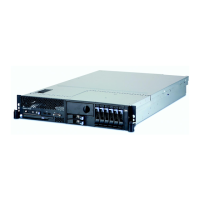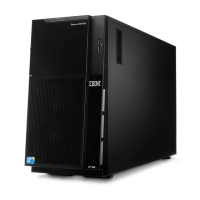Chapter 2. Technology 33
2.4.2 Memory mirroring and rank sparing
In addition to Performance and RAS modes, the memory subsystem has additional reliability,
availability, and serviceability (RAS) features that can be enabled from the Unified Extensible
Firmware Interface (UEFI):
Memory mirroring
Rank sparing
Memory mirroring
To improve memory reliability and availability, the memory controller can mirror memory data
to two memory channels. To enable the mirroring feature, you must have both memory
channels of a processor populated with the same DIMM type and amount of memory.
Memory mirroring provides the user with a redundant copy of all code and data addressable
in the configured memory map. Two copies of the data are kept, similar to the way RAID-1
writes to disk. Reads are interleaved between memory channels. The system automatically
uses the most reliable memory channel as determined by error logging and monitoring.
If errors occur, only the alternative memory channel is used until bad memory is replaced.
Because a redundant copy is kept, mirroring results in only half the installed memory being
available to the operating system. Memory mirroring does not support asymmetrical memory
configurations and requires that each channel is populated in identical fashion. For example,
you must install two 4GB of identical memory modules equally and symmetrically across the
two memory channels to achieve 4GB of mirrored memory.
Memory mirroring is independent of the operating system. There is a slight memory
performance trade-off when memory mirroring is enabled.
The memory mirroring feature can be used in conjunction with performance or RAS modes:
When Performance mode is used, memory mirroring duplicates data between memory
channels of the two memory buffers connected to one memory controller.
In RAS (Lockstep) mode, memory mirroring duplicates data between memory buffers
connected to the same memory controller.
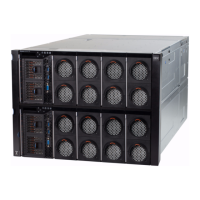
